Sensors
Vast range of sensors
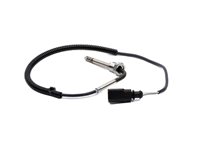
Help your car's ECU monitor vital parameters such as Air Intake Temperature, Camshaft/Crankshaft Position, Knock Sensor, Crankshaft Angle, Pressure Sensor, Throttle Position.
With modern automobiles replying more and more in computers (ECU) to more efficiently control the cars functions, sensors have become vital to your car
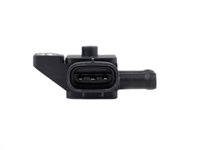
running efficiently. Hitachi's sensor line supports accurate measurement for reliable engine performance. Accurate measurements ensure your car is running efficiently which optimizes fuel economy and performance.
Lambda Sensors
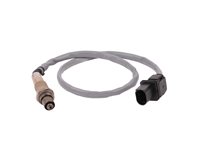
Nowadays, combustion engines are equipped with various lambda sensors, which can be attributed to increasingly progressive developments in combustion engines, as well as ever stricter emissions standards. For example, there are binary lambda sensors, wideband sensors, finger-type sensors and planar sensors.
The differences between these sensors are based on the level of development of the corresponding combustion engine, as well as on the constantly growing degree of precision needed to comply with the emission values of the relevant emissions standards.
Hitachi’s current start range with 25 types (wideband sensors) covers a large number of vehicles and brands on the European market, and is compatible with approx. 90 million Petrol and Diesel vehicles in the EMEA region.
Camshaft & Crankshaft Sensors
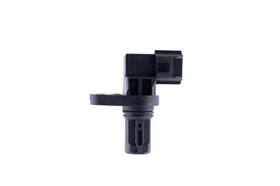
A Crank Angle Sensor or a Cam Angle Sensor is a sensor to detect the rotation of a crank or a cam shaft respectively.
A Crank Angle Sensor detects the reference position and the rotation angle of a crank shaft and the engine speed.
A Cam Angle Sensor is used to determine each cylinder providing a signal to determine the cylinder.
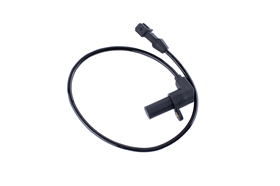
The cam angle sensor is used to distinguish between the individual cylinders. A gear is attached to the camshaft to identify each cylinder, and a sensor detects the distance to the gear projection.
A Crank Angle Sensor or a Cam Angle Sensor receives changing magnetic flux due to the rotation of a rotor having a projection. It converts the flux change to a rectangular pulse signal and sends it to ECU.